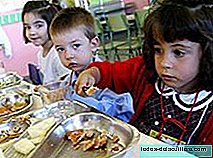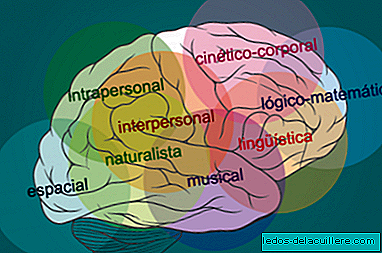
A team of researchers from the Johns Hopkins Pediatric Center (USA) have shown that a computerized system to prescribe the drugs that are administered in chemotherapy to children, greatly reduces the risk of medical errors in the dose.
The dosage of this type of medication in children is much more complex than in adults. Children, being in development, absorb, metabolize and excrete medications at different rates than adults and therefore, the risk of chemotherapy is higher in them. To calculate the doses are based on factors such as age, height and weight, and a bad calculation or a wrong rounding, can cause fatal consequences.
For three years, the team led by Christoph Lehmann uses a computerized prescription system and ensure that "the calculator stops errors in the order before they can reach the pharmacy and much less the patient." Its system calculates all doses, recommendations and warnings about drug interactions, also takes into account all patient information and adjusts the doses and dilutions of medications preventing excessive or insufficient dosing.
Experts have compared the manual prescriptions with those generated by the calculator and have verified that the manuals 45 errors per 100 prescriptions, while the calculator had an error rate of 6 out of 100. The high-risk errors that occurred most , were the wrong doses as well as the concentrations, failures that were not found in the computerized prescriptions.
The results of this research are published Pediatric Critical Care Medicine in its May issue. We hope that the knowledge and practices of the Johns Hopkins pediatric hospital will be effective soon in the rest of the hospitals.












